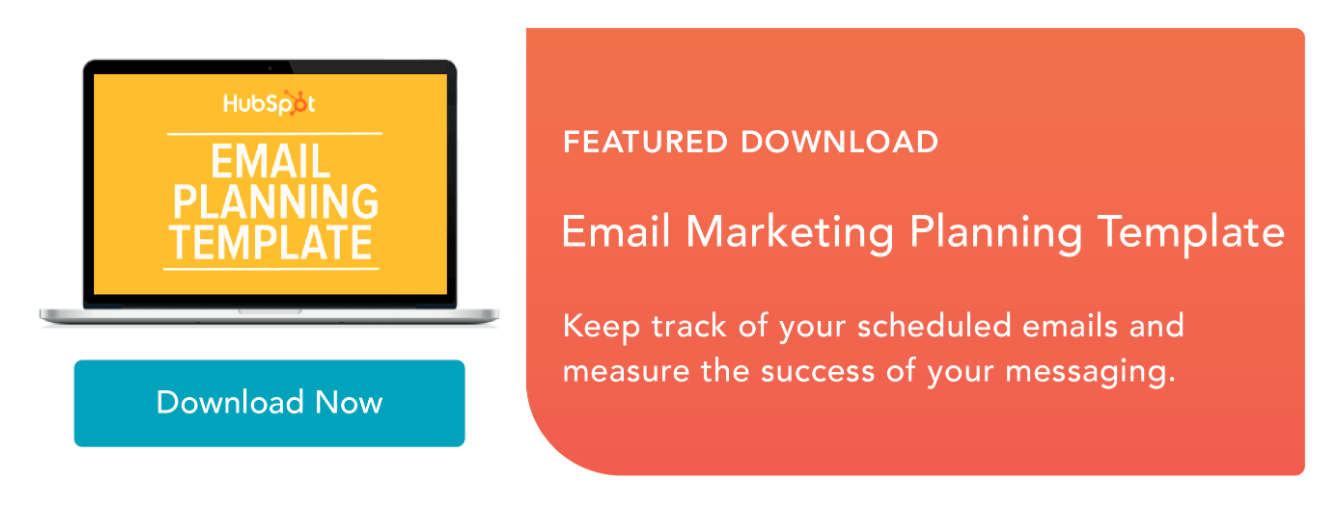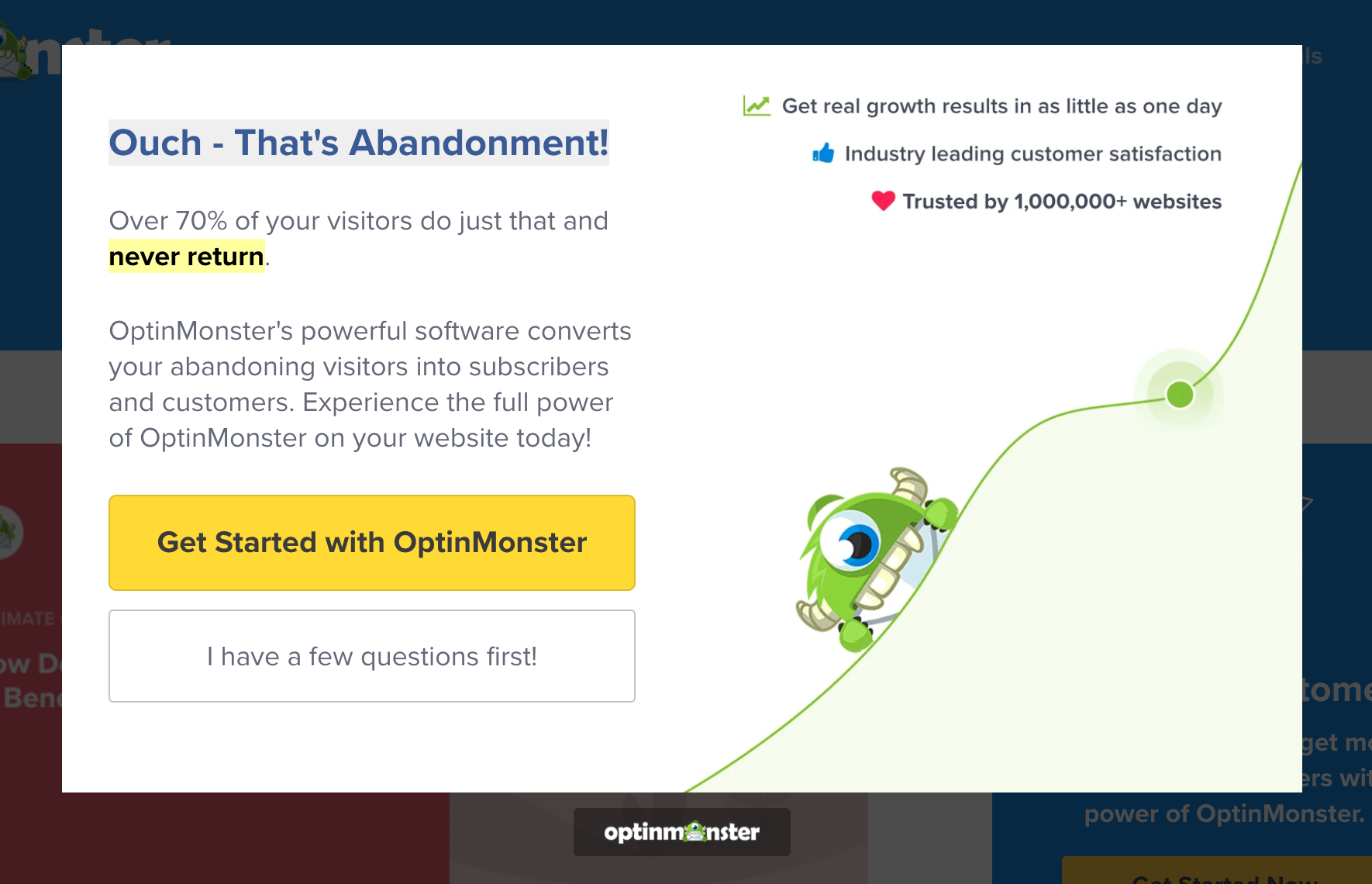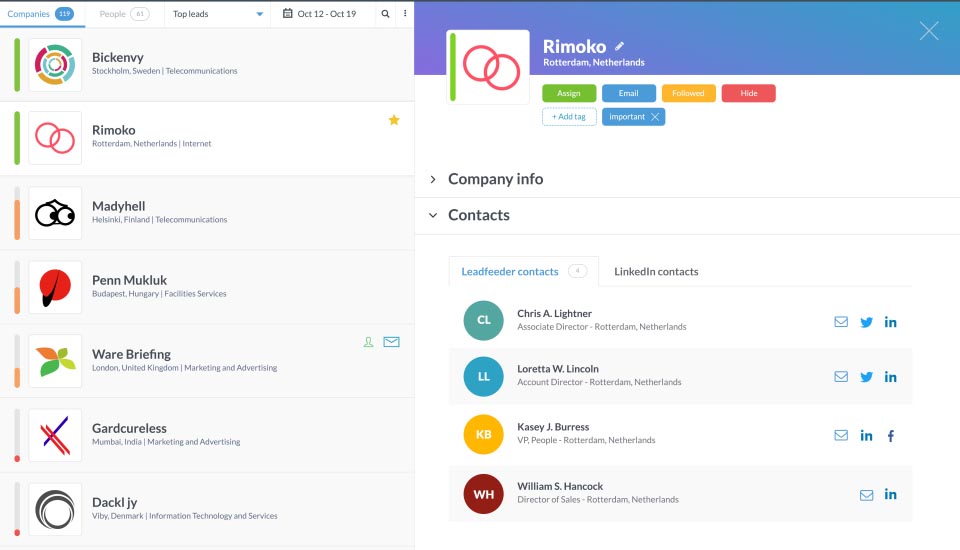Are you getting tons of traffic on your blog pages but not able to generate leads?
Do you want to convert your organic blog traffic into leads for your business?
When it comes to B2B lead generation, we use content marketing to drive traffic to the website, create awareness via blogs, and generate leads. However, most marketers fail at converting the traffic generated from SEO or awareness campaigns into leads.
Then, in this blog, I will share some practical tactics to convert your blog visitors or readers into leads.
1. Offer irresistible lead magnets
A lead magnet is a free resource that you can offer to your blog readers in exchange for their contact details. Almost every successful blog offers at least one lead magnet, either in email subscriptions or resource downloads.
But what most websites ignore is the relevance of the lead magnet to the readers. Not everyone who lands on your website will be interested in your free checklist or guide. And that’s where you lose most of your prospective leads.
For example, suppose one of your visitors lands on a blog post related to Facebook marketing. In that case, a Facebook marketing guide or checklist will be more relevant to that reader than a generic email marketing checklist.
The point is that if you offer a lead magnet that provides more information related to that specific blog topic on which the user is already engaging, you will see a higher conversion rate and lead generation.
Now, the question is how to present relevant lead magnets to the visitors.
The answer is – Add CTAs on your blog pages.
There are several places on your blog pages where you can add CTAs for your readers. Some of them are as follows –
- Floating bars on top or bottom of the page
- Within the blog content
- At the end of the blog content
- In the sidebar
- Popups
- Fullscreen overlay
There are many tools to help you place CTAs in these places, but my favorite one is OptinMonster. Using OptinMonster, you can display personalized CTAs to visitors based on their behavior, geographic location, and other attributes. You can see one of such CTAs on HubSpot blog pages in the email marketing category.

2. Create Compelling Landing Pages
In the last section, we talked about how you can use lead magnets to convert your blog visitors into leads.
In that strategy, one of the essential components is the landing pages of your lead magnets. A landing page is where the conversion actually happens!
You can definitely drive a chunk of the visitors to the landing page using beautiful CTAs created by OptinMonster. Still, if the landing page isn’t compelling enough to convince visitors why they should download it, you have already failed.
This is why you have to ensure that the landing pages are compelling in design and full of information that a user may seek to know about your offerings.
You can always create landing pages on your own site or use landing page builder software to create and host beautiful landing pages without changing your current site.
Here are the top 3 landing page builders that I use and recommend-
3. Use exit-intent popups
No matter how beautiful your website is and how effective your lead generation strategy is, over 95% of visitors leave your site without leaving their email addresses behind.
Don’t you believe me? Just analyze your traffic report and the number of leads you generate monthly/weekly.
Well, this is where you can use the exit popup as a last chance to convert at least a few of such visitors by offering something they cannot ignore (still, most of them will ignore, but what’s wrong with putting that last effort to get a potential lead, right?)
Exit-intent popups appear suddenly on the web page when the user intends to leave the site by moving the cursor out of the browser is; possibly to click the back button or close the tab.
In the exit popup, you can offer one of your best-performing lead magnets, collect feedback, suggest another article to read, or even offer a free consultation to the visitor.
Basically, the idea of an exit popup is to offer the best possible thing to prospective leads before they leave your site. Just look at the exit popup on one of the digitalmarketer.com blog pages.

4. Retarget the most engaging visitors on social media
Popular platforms like Facebook, Twitter, and LinkedIn allow you to track your website visitors and retarget them on the platform via paid ads.
By retargeting your website visitors, you can bring back a considerable percentage of your website traffic that left your site without completing the required actions.
You just have to add a tiny string of codes called Pixel or Tag on your website for each social platform you want to target your audience.
This pixel drops tracking cookies on every visitor’s browser on your site. It then tracks every action that visitors take on your site, and based on that, you can retarget them with better offerings (lead magnets, case studies, webinars, etc.) to bring them back to your site.
For instance, if a visitor landed on one of your blog posts and browsed through service pages, they are more likely interested in your services. So you can reach out to them on Facebook or LinkedIn with related case studies and more information to win their trust and stay on top of their mind till they make the purchase decision.
Similarly, you can retarget all your engaging visitors on social channels with the goal to convert them into leads.
5. Use lead-capturing chatbots
This is the most undervalued lead generation strategy among B2B marketers. B2C brands are killing at using chatbots to convert website visitors into paid customers.
But B2B brands are still skeptical about it.
With communication tools like Drift and Intercom, you can easily add interactive chatbots on your site where users can add their email addresses to subscribe to your newsletter or to book a demo, as shown below –

Similarly, you can recommend related resources to download more articles to read based on their interaction with the chatbot.
Drift and Intercom are pretty expensive, and most small businesses cannot afford them. In that case, you can always opt for a Facebook messenger bot using ManyChat. Using ManyChat, you can easily build a Messenger bot that handles everything from acquiring leads to nurturing and even retaining them.
- Also Read: Best AI Chatbot Software for Website
6. Identify the people visiting your site
This is a unique strategy that you might have never read about. But for me, this has been a very effective strategy to convert website visitors into leads.
Here the game is that you get a ton of people visiting your site, and by applying all the above strategies, you get to convert a big chunk of potential customers into leads.
My point here is that you still miss converting many prospects.
But what if you get to know who visited your site if they are potential leads but didn’t convert? Wouldn’t you like to connect with them directly and understand what they were looking for?
If yes, this strategy is for you.
You can use Leadfeeder, a lead prospecting tool that uses advanced technology to identify people from which company visited your site. Not only this, you will be able to see which pages they visited and the contact details of potential individuals from that company.
All you have to do is add a string of Leadfeeder tracking codes on your site, and the next moment you will see the list of contacts on the dashboard, as shown below. Read my in-depth Leadfeeder Review to know how it works, its features, and pricing.

Wrapping Up
In B2B, content marketing is the key to driving leads and prospects through the marketing funnel toward conversion. And if done right, you can easily convert a good percentage of your blog readers into leads.
The only thing that you have to take care of is the quality of your blogs to make all the above strategies work in favor of you. So, go ahead and convert your blog readers into leads for your business.
If you are looking for more ways to generate B2B leads, here are a few hand-picked articles for you –
- How to use Twitter for B2B lead generation
- How to generate B2B leads on LinkedIn
- Best ways to generate quality B2B leads on social media
